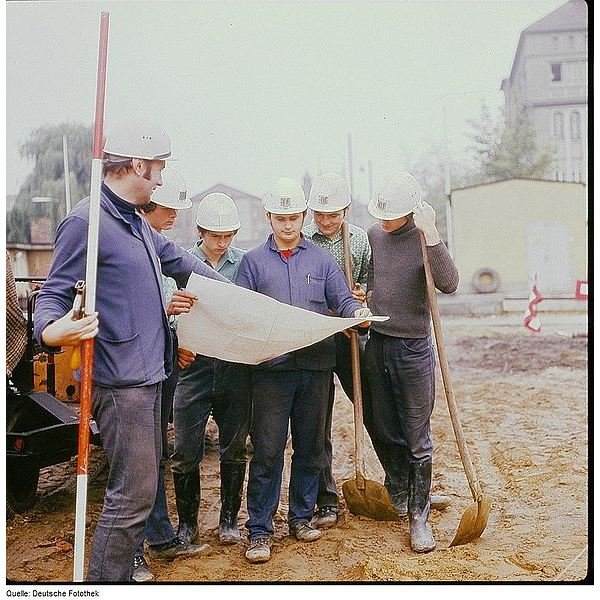What Are the Various Models for Organizational Structure?
Functional Structure
Functional organizations split the tasks and objectives according to the area of expertise, and form work groups such as sales, finance, operations, support, etc. These departments are inter-dependent and work in concert. As each division of the company tends to perform a specialized set of activities, this structure is best suited for producers of standardized products and services.
However, the biggest disadvantage of functional structure is inter-departmental conflict. For example, the marketing department may blame miserable sales on inferior quality of goods manufactured by the production department. Another case that could lead to organizational inefficiency is the lack of effective communication among various departments.
Divisional Structure

More popularly known as a “product structure," in a divisional organization, each product or service may have its own manufacturing, marketing, human resources, accounting and other departments. For example, a motor vehicle manufacturer usually has divisions such as SUVs, luxury cars, minivans, trucks, etc. Each division is autonomous hence responds quickly to the changing market.
This model for organizational structure commonly incurs higher costs, precisely because the supporting staff among various divisions results in multiple employees performing the same tasks.
Matrix Organizations
Since both functional and divisional structures have their unique drawbacks, management gurus developed a third structure by combining the best of the two. The matrix structure is used in sophisticated projects where the talents from various departments are required. Companies with matrix structures develop project teams where the project manager selects expert members from all sections of the company such as commercial, technical and marketing. In this, the employees get an exposure to greater learning since the experts from different departments work together on the project.
The main drawback of a matrix structure lies in the vague reporting relationships. The employees are responsible both to the project manager and department manager. The conflicting orders from two bosses may lead to confusion and inefficiency on employees’ part.
Bureaucratic Set Up
This organizational structure was offered by Max Weber. Bureaucratic organizations have written down rules and procedures every employee must adhere to. The workers in this type of organization become proficient in specific tasks by performing the same work routinely. This consequently leads to higher organizational output.
This structure, however, restricts the overall development of employees by not allowing them to perform any other task than what they have been regularly doing.
Organic Organizations
To overcome the disadvantages of bureaucratic set up, management theorists came up with an innovative organizational set up-organic structure. An organic organization recommends its employees work in cross-functional roles, learn from other members and develop innovative ideas. This structure is suited best for research and development-focused and innovative business enterprises. It doesn’t have restrictive rules, as these rules inhibit free flow of information and ideas.
References
Madhukar Shukla, Understanding Organizations (2003), Third Edition, Prentice Hall of India Ltd.
_Gareth Jones, Organizational Theory, Design,and Change (2009), Sixth Edition, Prentice Hall -_https://www.organizedchange.com/crossfun.htm
Images Credits:
